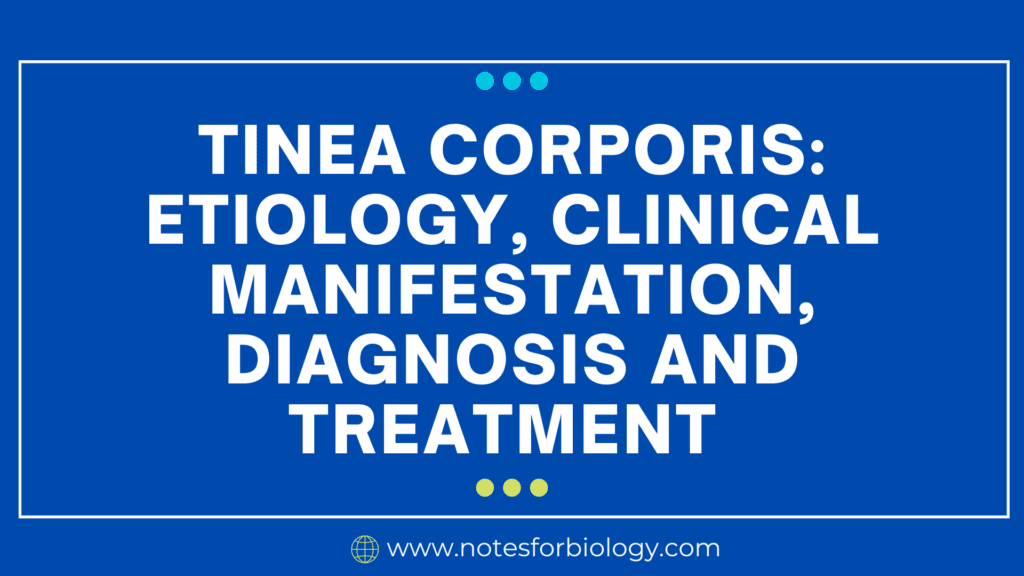Tinea corporis: etiology, clinical manifestation, diagnosis and treatment
What do you mean by Tinea corporis? Tinea corporis, commonly referred to as ringworm, is a typical skin fungal infection. Despite the unsettling moniker, dermatophytes, a type of fungus, are the source of the condition. These microscopic creatures feed on the keratin found in human skin, hair, and nails and flourish in warm, humid conditions. […]
Tinea corporis: etiology, clinical manifestation, diagnosis and treatment Read More »










